Perle di Luce è un progetto di documentazione fotografica dedicato alla tradizione muranese della lavorazione delle perle vetro, antica arte che risale al XIV secolo e arriva alle porte del nuovo millennio. Un viaggio tra fabbriche, botteghe e artiste, alla scoperta delle memorie di un'arte antica.

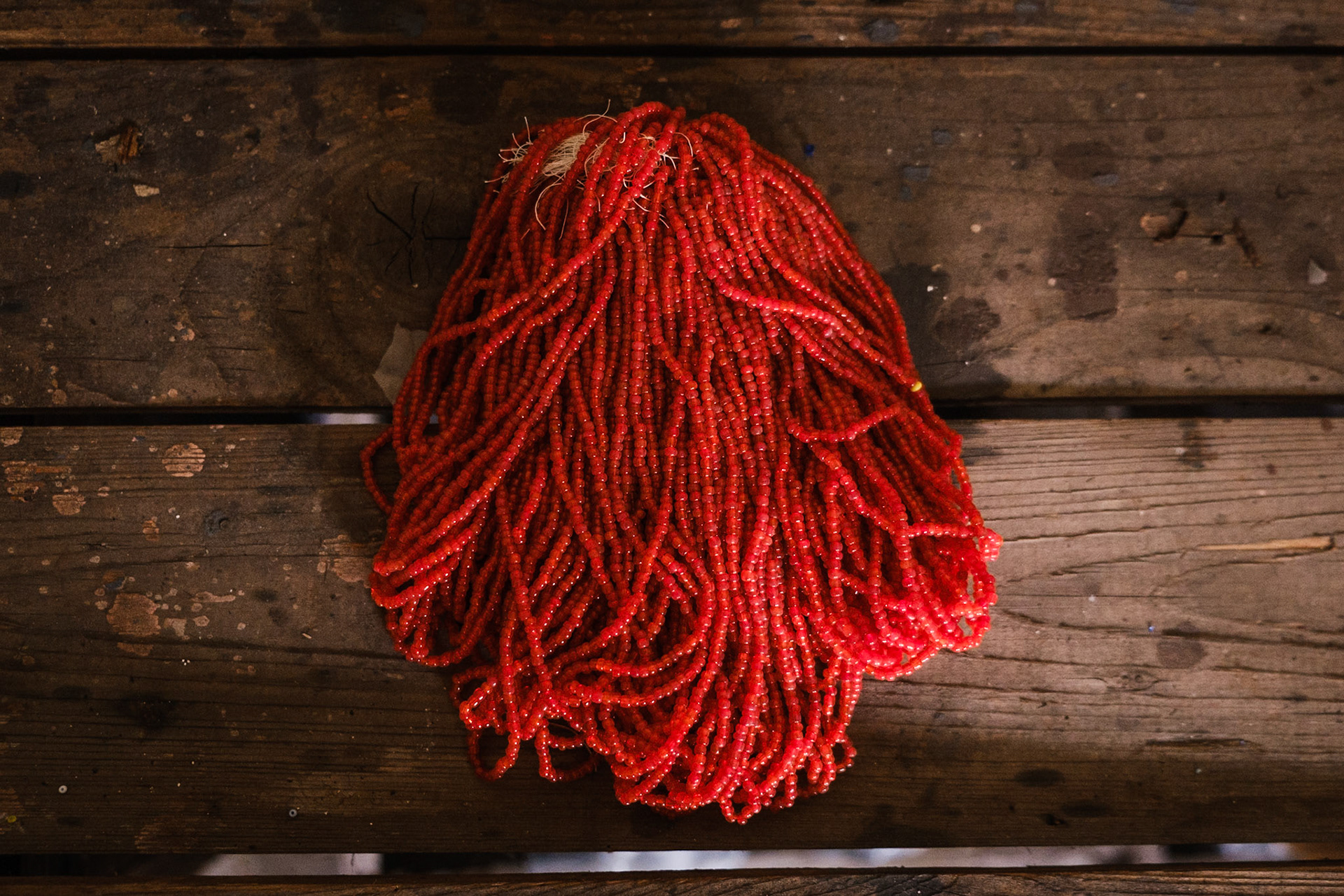



L'arte delle perle di vetro di Murano è una pratica antica, profondamente radicata nella storia della creatività umana e di Venezia. Prodotte già nel 1300, sia da singoli artigiani che in grandi laboratori, le perle di vetro sono state forse il primo esempio di globalizzazione, raggiungendo i gruppi etnici di tutto il mondo, soprattutto tra Africa e Medio Oriente.
Nel periodo d’oro dei commerci della Serenissima, tra il XV e il XVIII secolo, le perle di vetro di Murano erano tra le merci più preziose e ricercate lungo le rotte che collegavano Venezia all’Africa e al Medio Oriente. Raffinate, colorate e uniche per qualità, venivano utilizzate come moneta di scambio dai mercanti veneziani per ottenere spezie, oro, avorio e altri beni rari. In molte regioni africane queste perle hanno assunto nel tempo un forte valore simbolico e sociale, entrando a far parte dei costumi e dei gioielli tradizionali di diverse tribù, dove rappresentavano prestigio, ricchezza e identità.
Oggi, nella maggior parte dei casi, le antiche perle veneziane sono state sostituite da perline di plastica, più economiche e facilmente reperibili, ma la loro presenza nei costumi tradizionali africani resta una testimonianza viva dei legami storici e culturali che univano Venezia al continente africano.


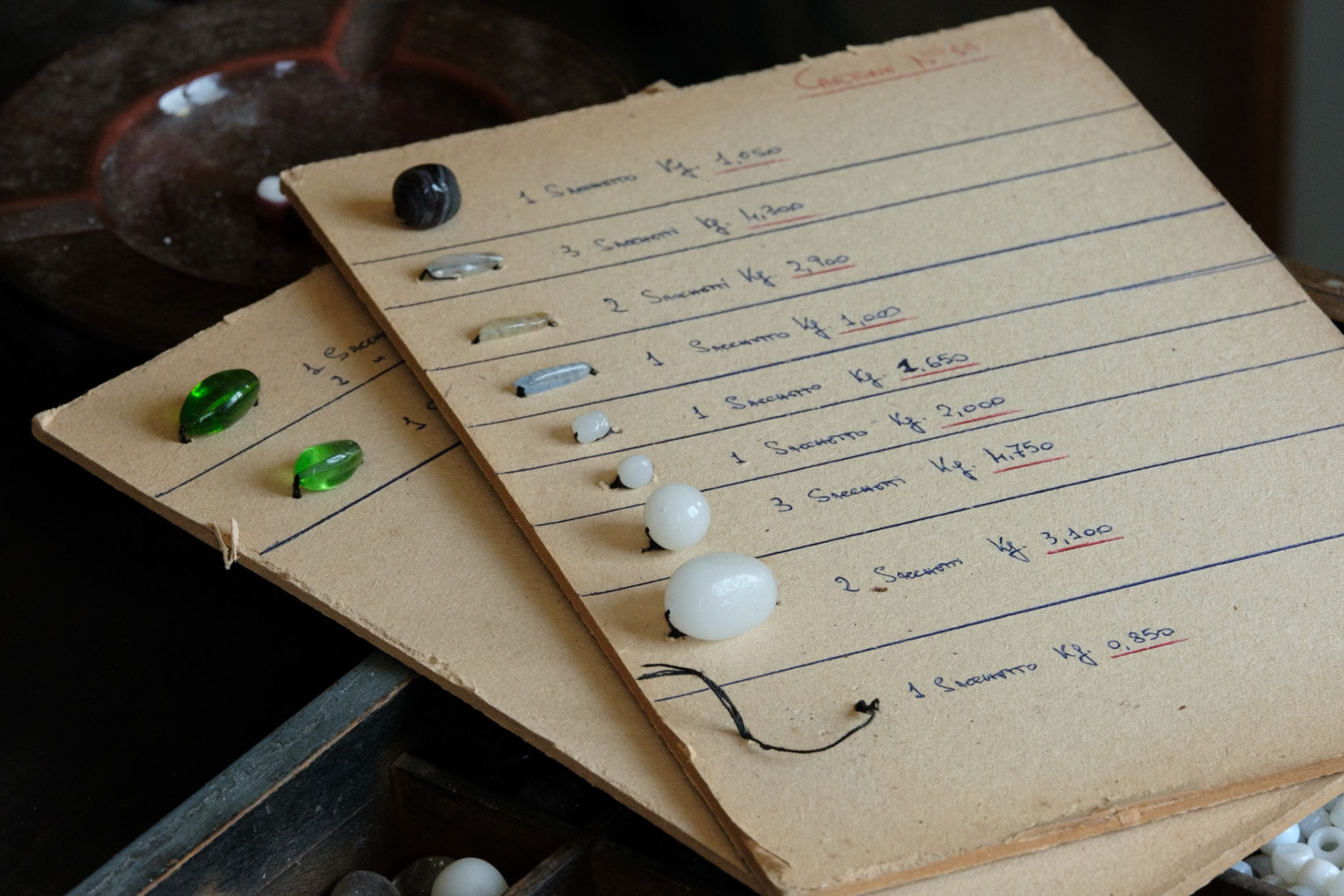



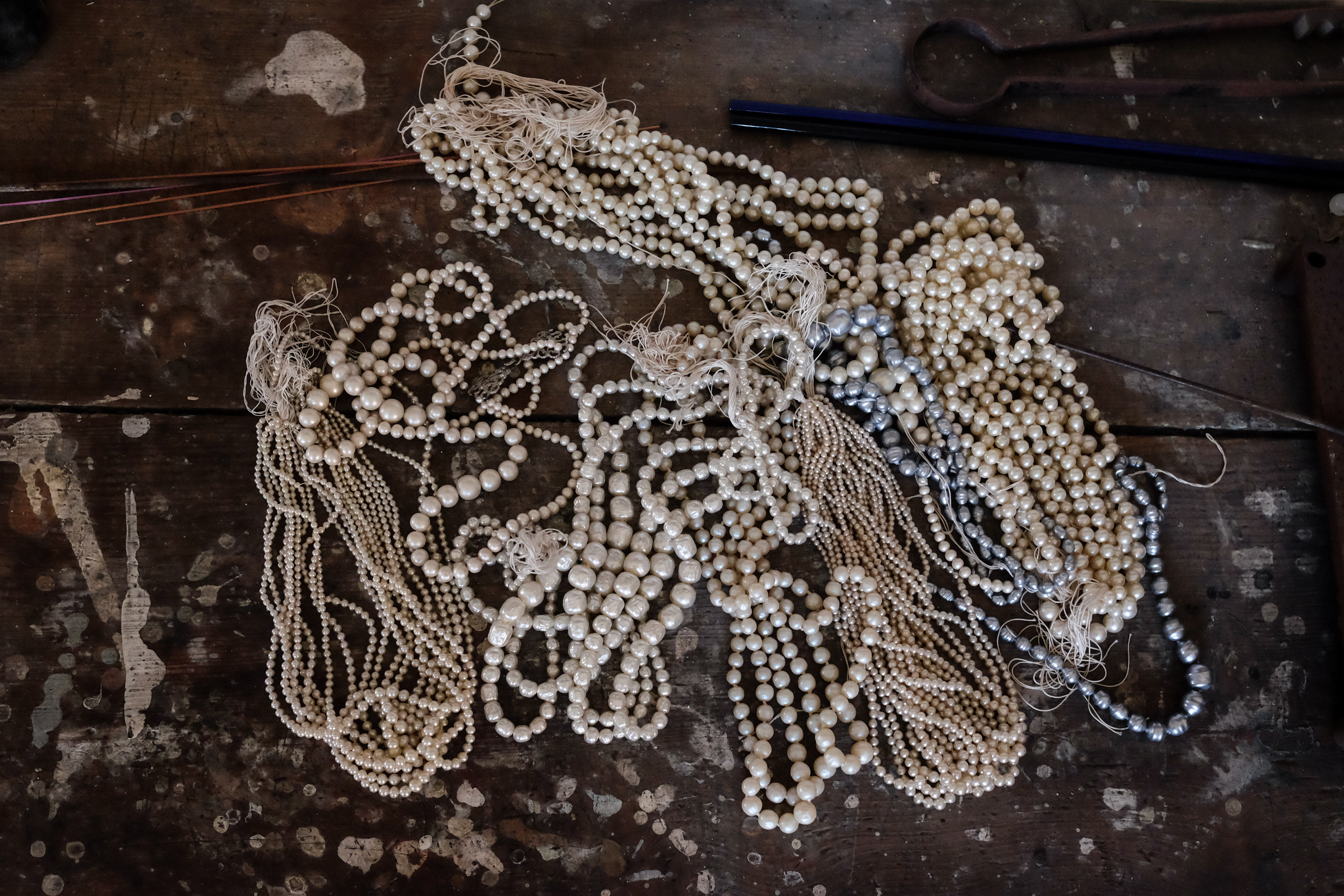
A precious art to be protected and handed down, which today is in danger of disappearing, carried on by very few craftswomen.






↑ Alessandra, crea perle dal design essenziale e strutturato, con colori vivaci e forme forti, che richiamano caramelle o costruzioni architettoniche.







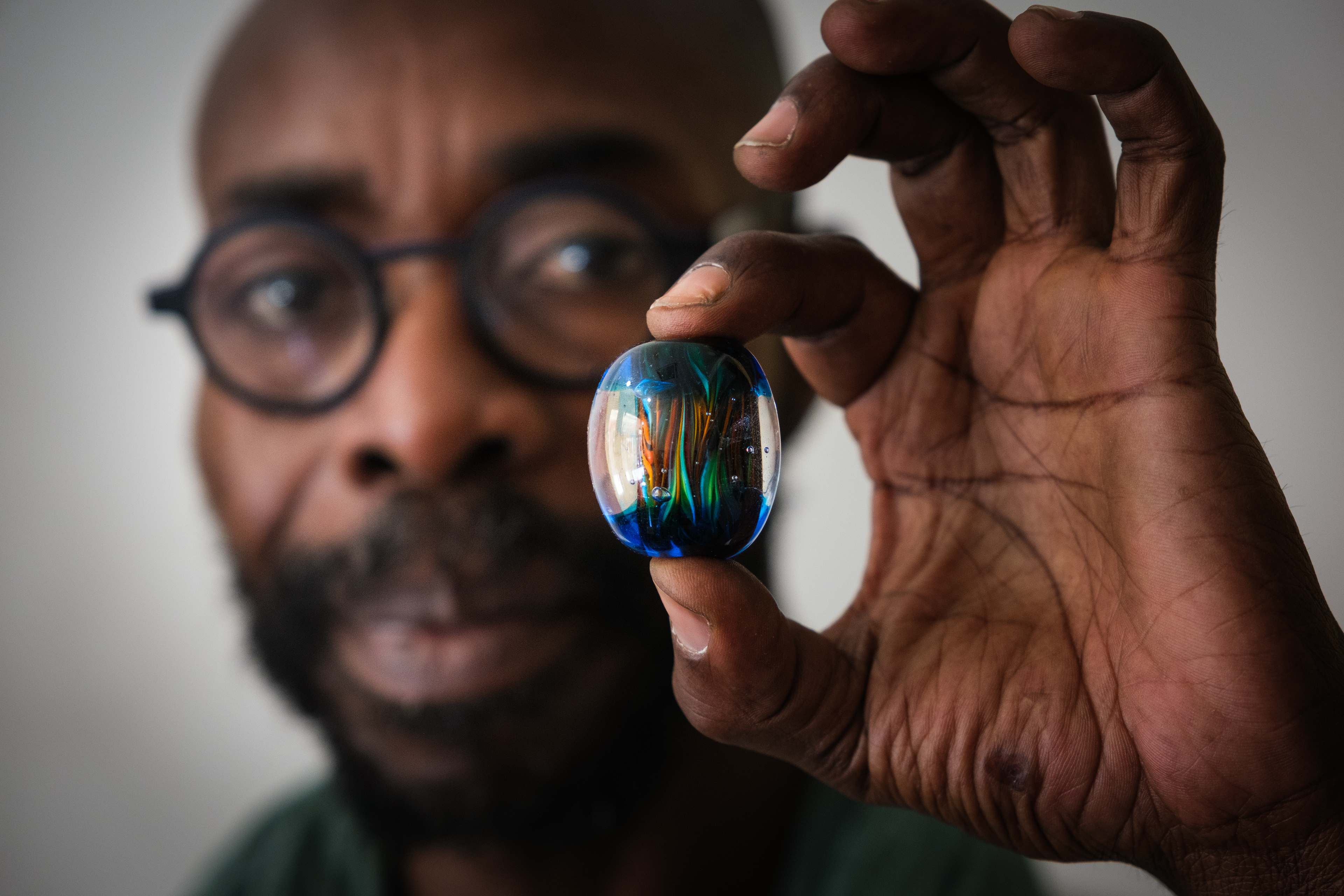
↑ Yukina e Moulaye, artigiana giapponese e artigiano nigeriano, sono arrivati a Venezia oltre vent’anni fa per studiare l’arte e il costume veneziano. Affascinati dalla magia del vetro, hanno scelto di restare per imparare la tecnica delle perle a lume, trasformando la loro passione in una vita di ricerca e creazione. Oggi sono maestri riconosciuti, apprezzati tanto in Italia quanto nei loro Paesi d’origine, simbolo dell’incontro tra culture unito dalla luce del vetro muranese.
La storia sociale delle donne di Murano, che si sono ritagliate uno spazio fondamentale nella produzione delle perle in vetro di Murano, si mescola alla storia di un'arte antica, che racconta i commerci, la globalizzazione e la prima zona industriale del mondo.


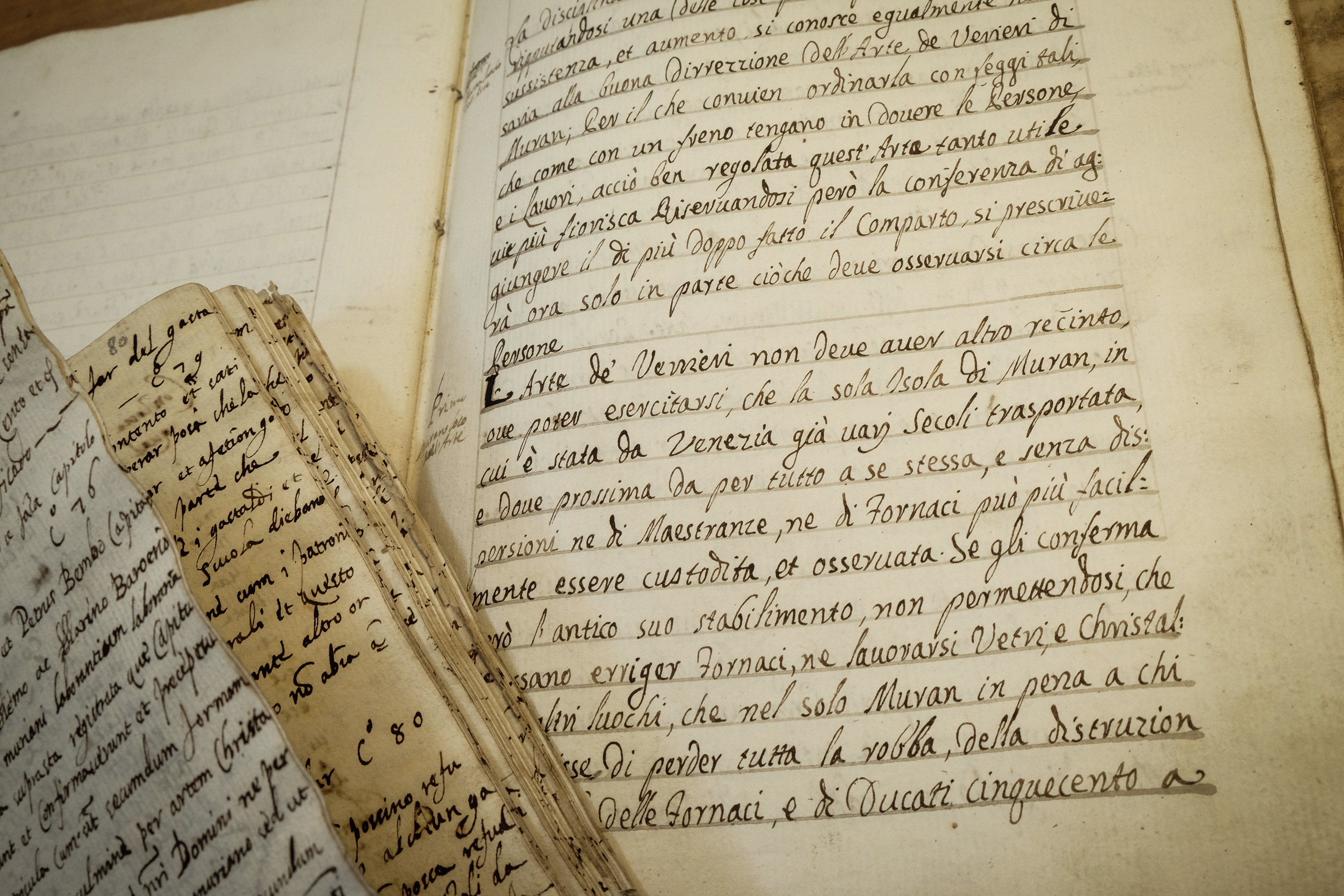

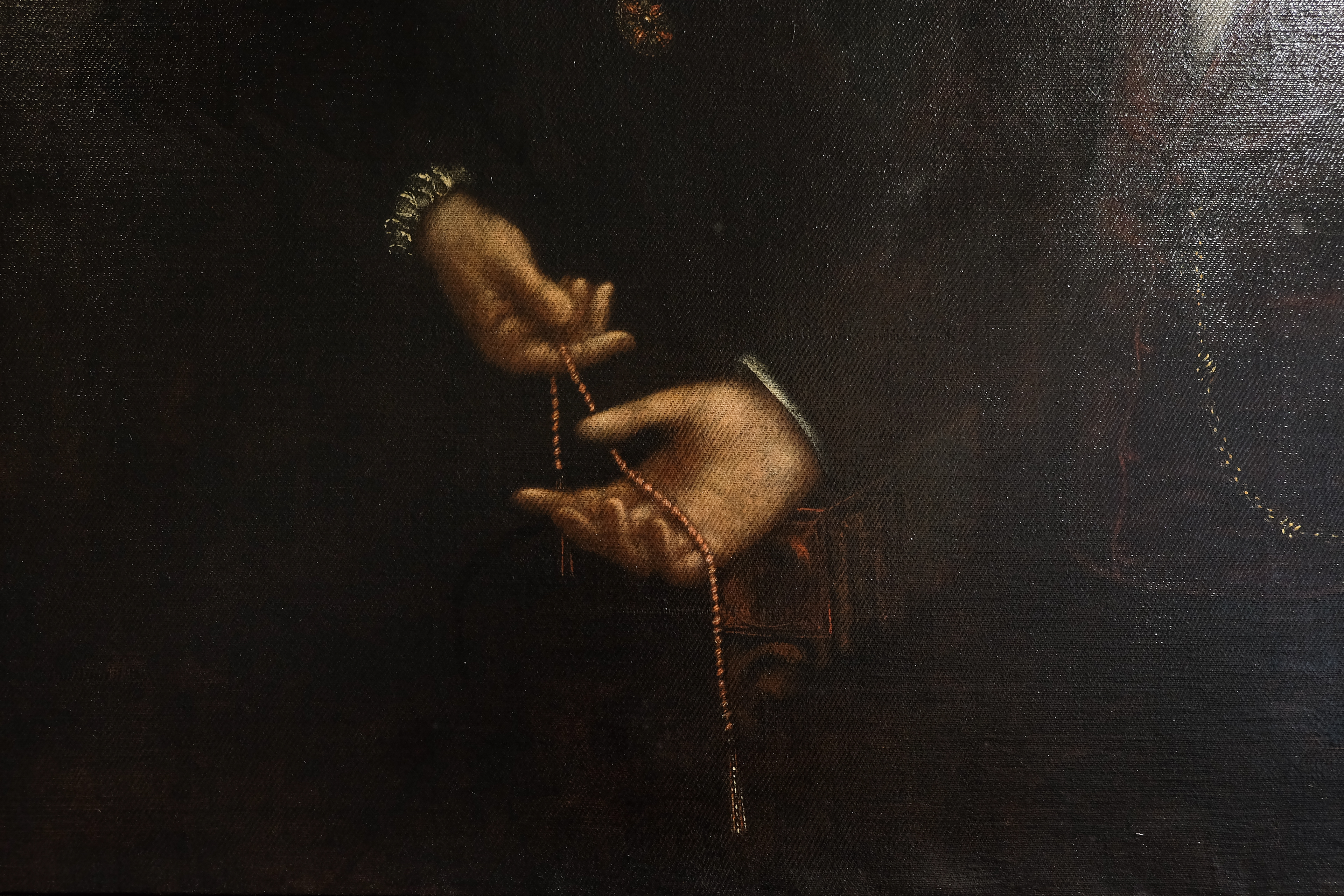








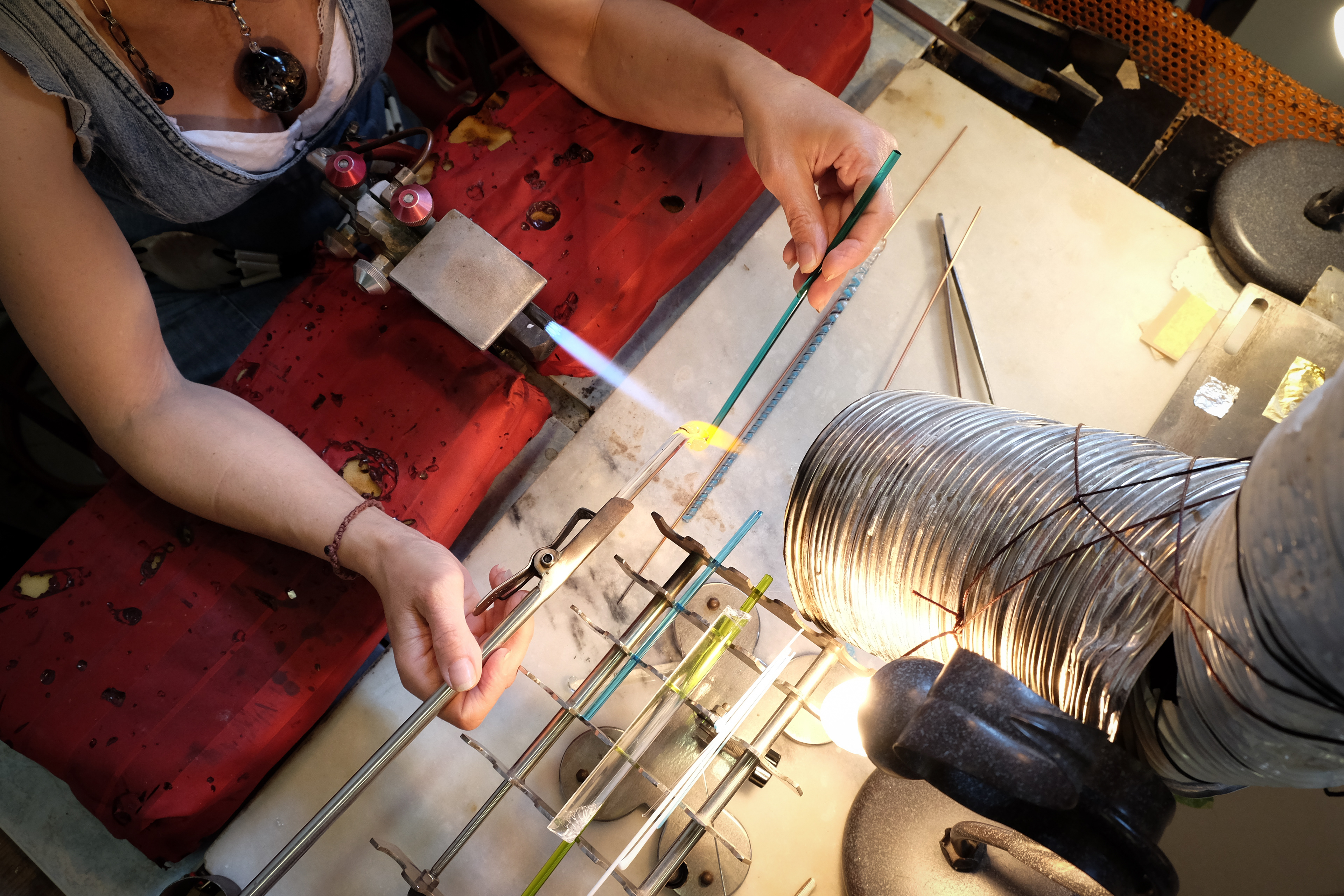

↑ Muriel, realizza perle compatte e stratificate, simili a piccoli pianeti, con correnti colorate che ricordano le correnti del mare o piccoli pianeti in miniatura, mondi sommersi nella luce del vetro.
Il progetto mira a raccontare la nascita di un’economia globale che, partendo da Venezia, ha ridefinito i commerci mondiali e alimentato il prestigio della Serenissima. Al centro di questa storia, le mani delle donne di Murano, custodi di un sapere antico che ha trasformato la creatività femminile in arte, diffondendo nel mondo manufatti unici, piccoli frammenti di luce e identità veneziana.

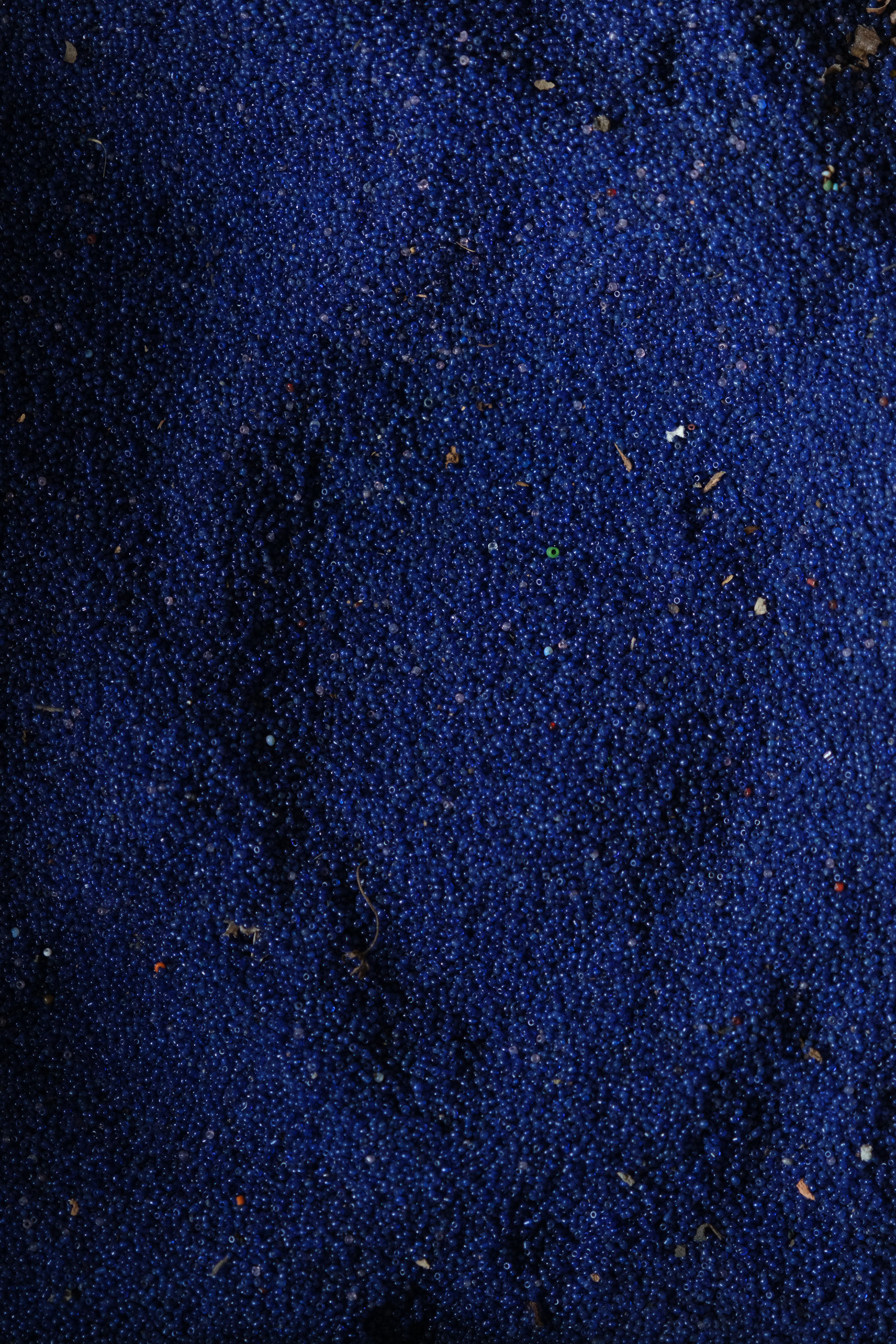





↑ Sabrina, ha ereditato da suo padre una fabbrica di perle di vetro ormai in disuso. Un tesoro di ricordi e bellezza. Sabrina si impegna ogni giorno per portare avanti il lavoro di documentazione di tutte le merci presenti nel deposito della fabbrica. Ha scoperto perle di fatture sconosciute, che non erano mai state censite dai cataloghi dei musei del vetro di Murano.





↑ I magazzini dove ancora oggi si lavorano le perle sono veri e propri scrigni della memoria, dove pochi continuano a mantenere viva quest'arte, un tempo preziosa per la Serenissima.








↑ Alessia Fuga, vicepresidente del Comitato per la Valorizzazione della perla di Vetro, realizza perle di dimensioni non convenzionali, pezzi unici destinati a diventare gioielli di grandi dimensioni o ornamenti di alta moda.
↑ Murano, vista dal Faro dell'Isola. La prima zona industriale del mondo, nata per custodire i segreti dell'artigianato vetrario, ancora oggi cela i suoi segreti nel buio delle fornaci e nei depositi di perle.